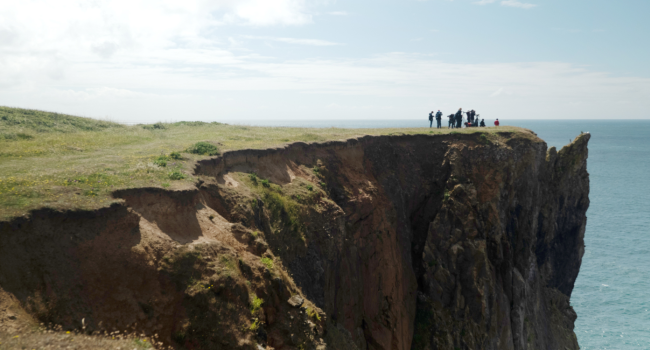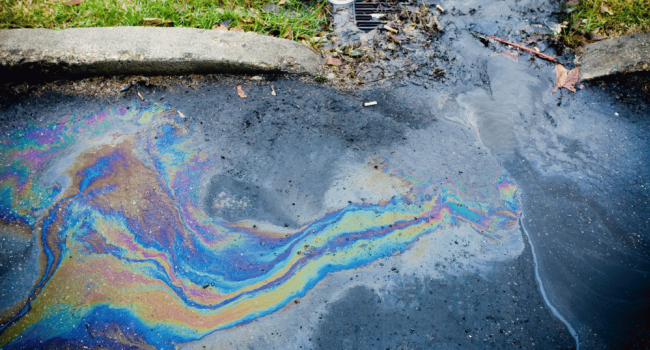Spatial patterns of weed dispersal by wintering gulls within and beyond an agricultural landscape
Author(s): Martín‐Vélez, V., van Leeuwen, C.H.A., Sánchez, M.I., Hortas, F., Shamoun‐Baranes, J., Thaxter, C.B., Lens, L., Camphuysen, C.J. & Green, A.J.
Published: February 2021
Journal: Journal of Ecology
Digital Identifier No. (DOI): 10.1111/1365-2745.13619
Abstract
1. Non‐frugivorous waterbirds disperse a wide variety of plants by endozoochory, providing longer dispersal distances than other mechanisms. Many waterbirds visit both agricultural and natural landscapes during their daily movements, but potential bird‐mediated dispersal of weed plants within and from agricultural landscapes to other habitats is commonly overlooked. Gulls (Laridae) are expanding in numbers and increasingly exploiting anthropogenic habitats worldwide, with possible growing implications for the spread of weeds. Yet, to date there are no studies on the spatial distribution of weed dispersal by waterbirds.
2. We developed a plant dispersal model based on movements of 19 Larus fuscus using ricefields, via GPS telemetry. We combined daily movements with two curves estimating the retention times of plant seeds in their guts: 1) an experimental curve based on retention time in captivity for four weeds with dry fruits known to be dispersed by gulls: Juncus bufonius, Cyperus difformis, Polypogon monspeliensis and the alien Amaranthus retroflexus; 2) a theoretical curve based on the interspecific scaling relationship between body mass and mean retention time.
3. Median dispersal distances of weed plant seeds by gulls ranged between 690‐940 m, but maximum distances exceeded 150 km. The theoretical retention time model showed higher median dispersal distances than the experimental retention time model. Spatial patterns of weed deposition were very similar between retention time methods, and most strongly depended on gull movements. Variation between individual gulls had little influence on seed shadows. About 92% of all seeds (>10,000 intact seeds per day) were dispersed within the ricefield area of 370 km2. The remaining 8% of seeds were deposited beyond ricefields into other habitats, 42% of which reached moist environments (other irrigated agriculture, rivers and natural wetlands) presumably suitable for weed establishment.
4. Synthesis: Gulls can disperse weed plants over long distances across a mosaic of habitats. This implies exchange of weed plant species between human‐dominated and natural areas by waterbirds as dispersal vectors. This spatial study highlights the importance of non‐frugivorous birds for long‐distance plant dispersal, which is generally an overlooked mechanism in studies aiming to predict and manage expansion of weed plants.







Share this page